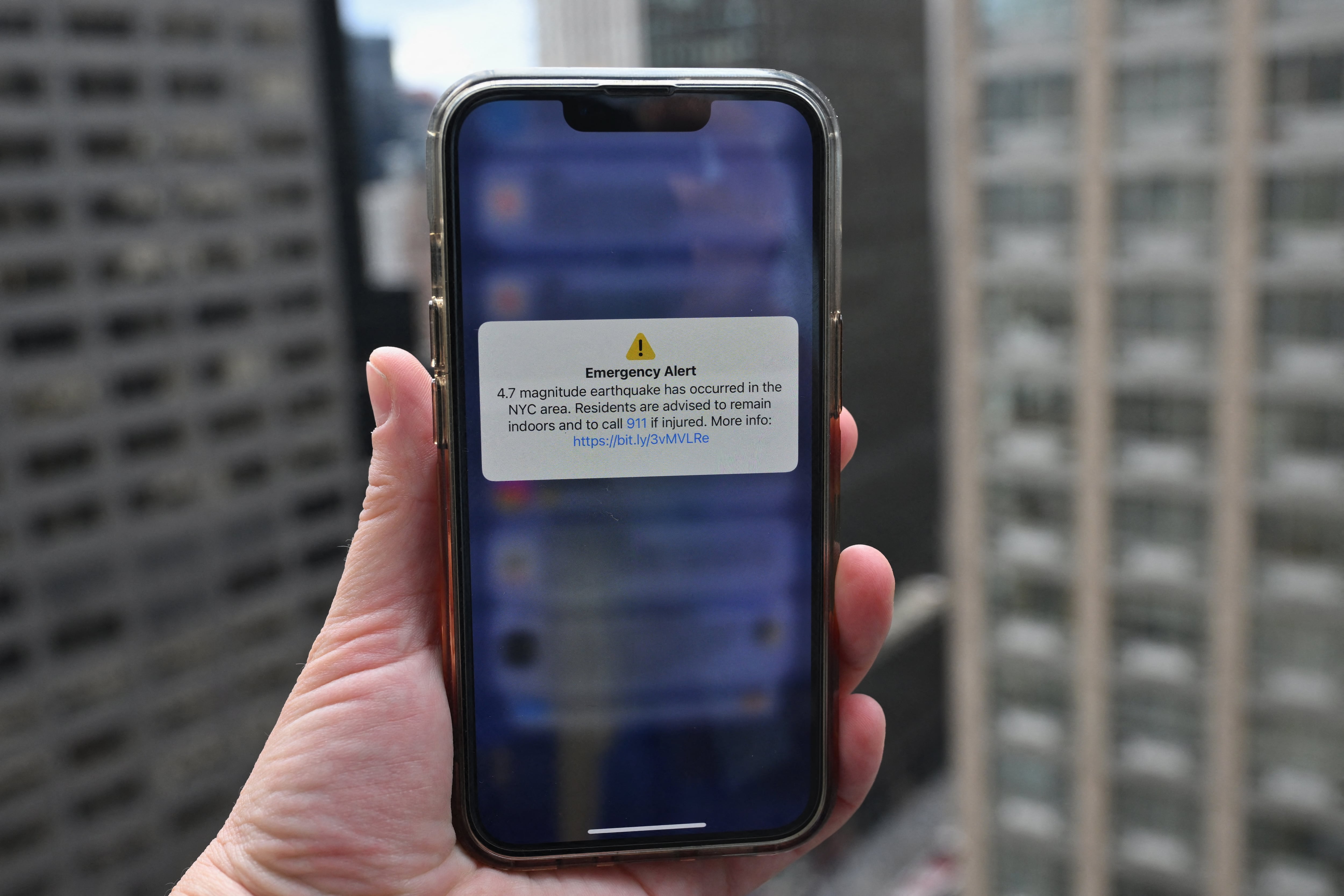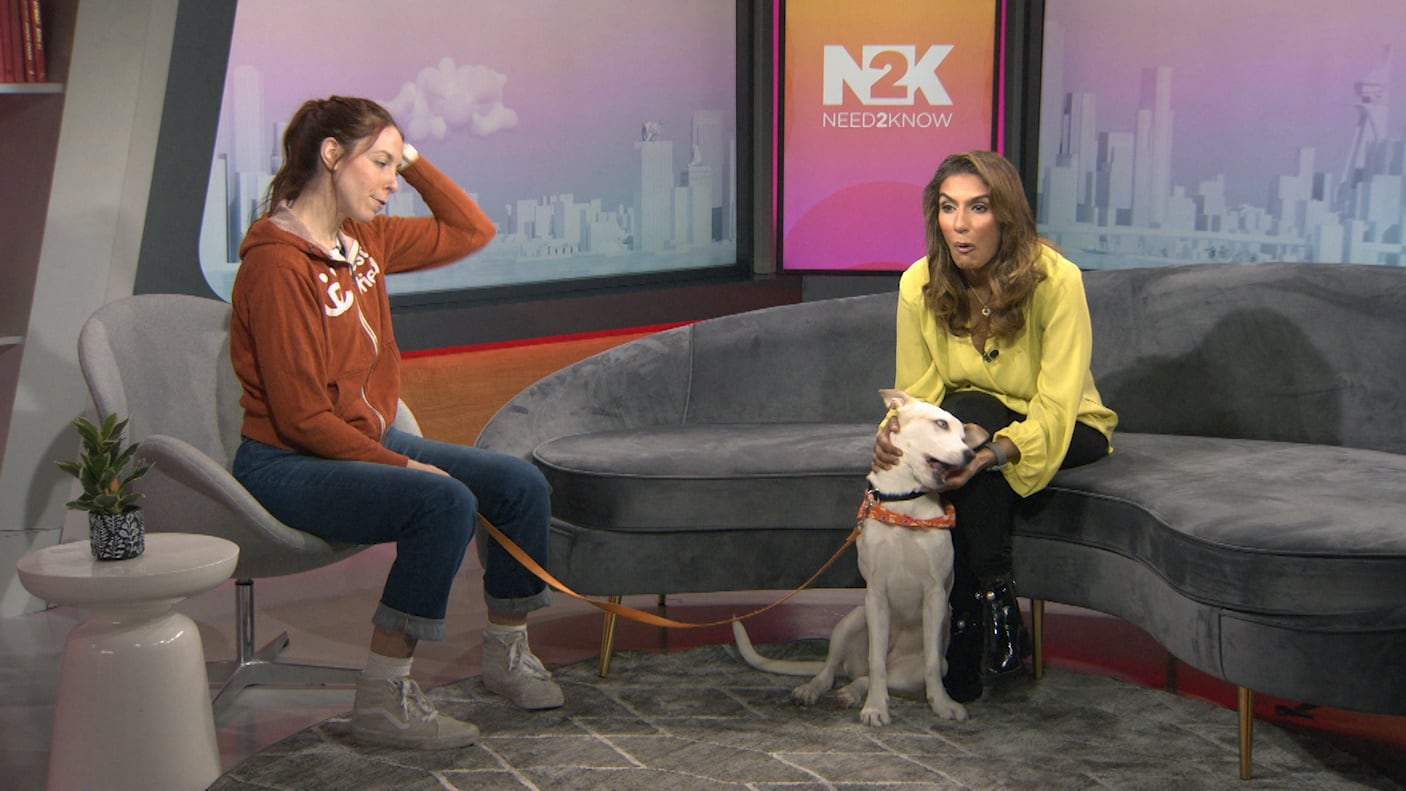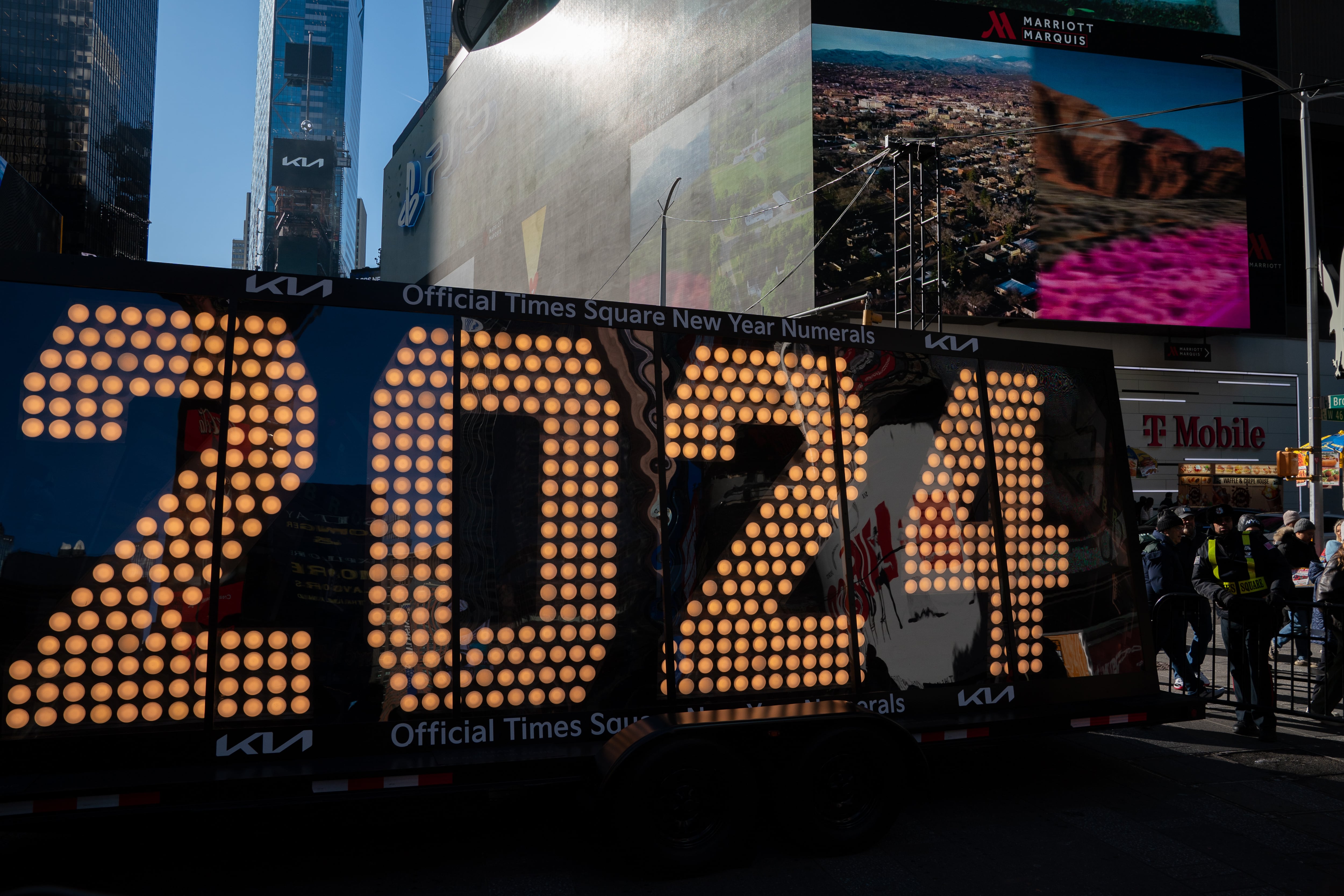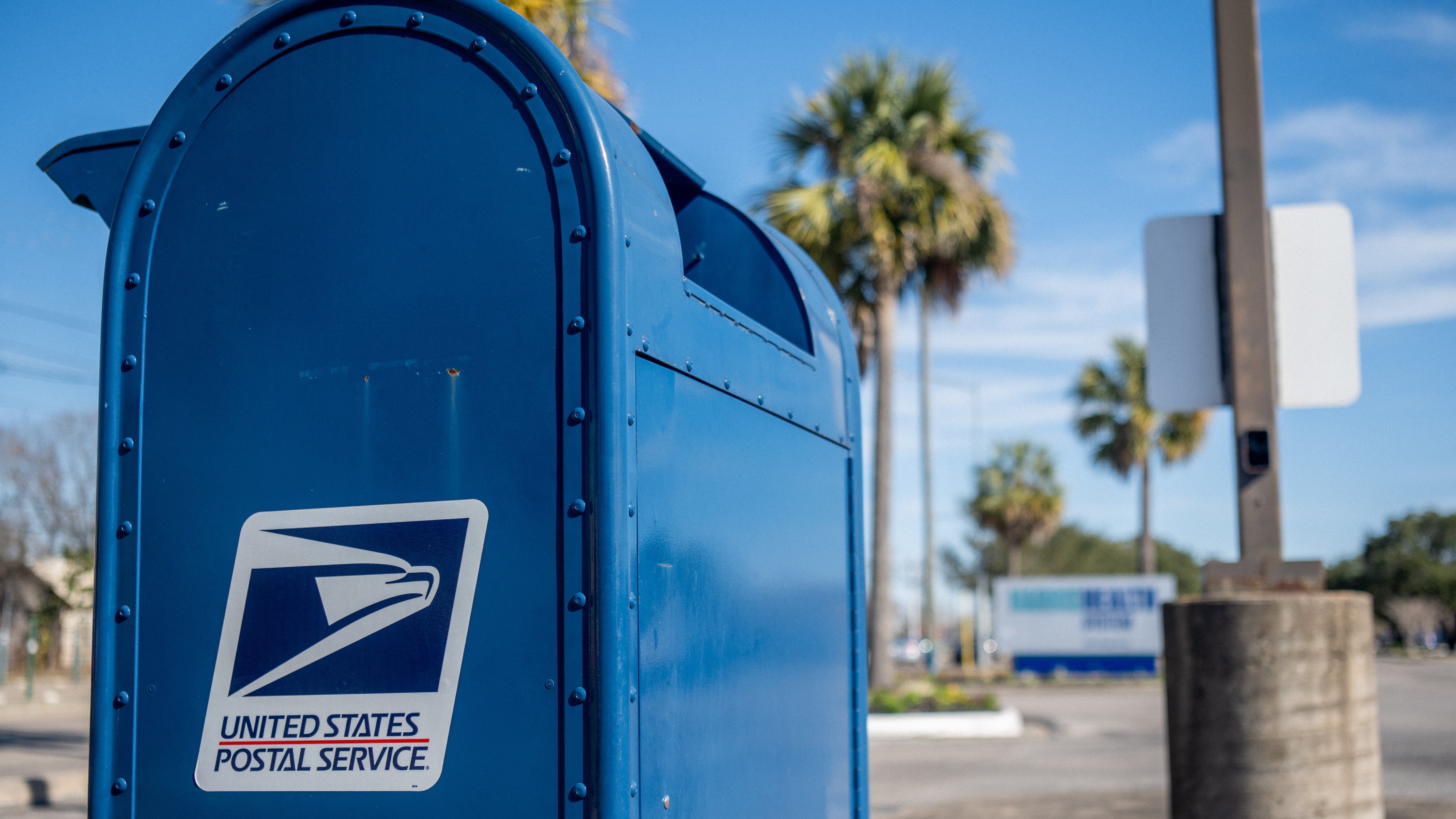Outside of a bland-looking building in an unremarkable industrial park 15 miles south of Albany, New York, swirls a faintly vegetal aroma ー at once sweet and skunky. A shade tent, haphazardly propped at the side of the road, and the occasional whiff of that distinctive odor are the only things betraying the nature of the building’s unconventional tenant: cannabis grower, producer, and retailer, Curaleaf.
Once inside, the odor thickens. It intensifies the deeper you penetrate into the 72,000-square-foot facility. Employees hustling through white hallways, decked head to toe in scrubs, hairnets, and booties, lend the space a feeling closer to an aerospace clean room than a conventional farm.
Through two sets of doors and into a bunker-like room, illuminated by alien yellow lights, the scent turns overpowering.
“When you guys walk in, you’re going to smell a very pungent aroma, that’s the terpenes,” said Curaleaf New York general manager Nate McDonald. He gestured cheerfully before him at some especially ripe looking cannabis plants. Still about a week out from harvest, the stalks reached skyward, defying gravity beneath the weight of their own sticky buds.
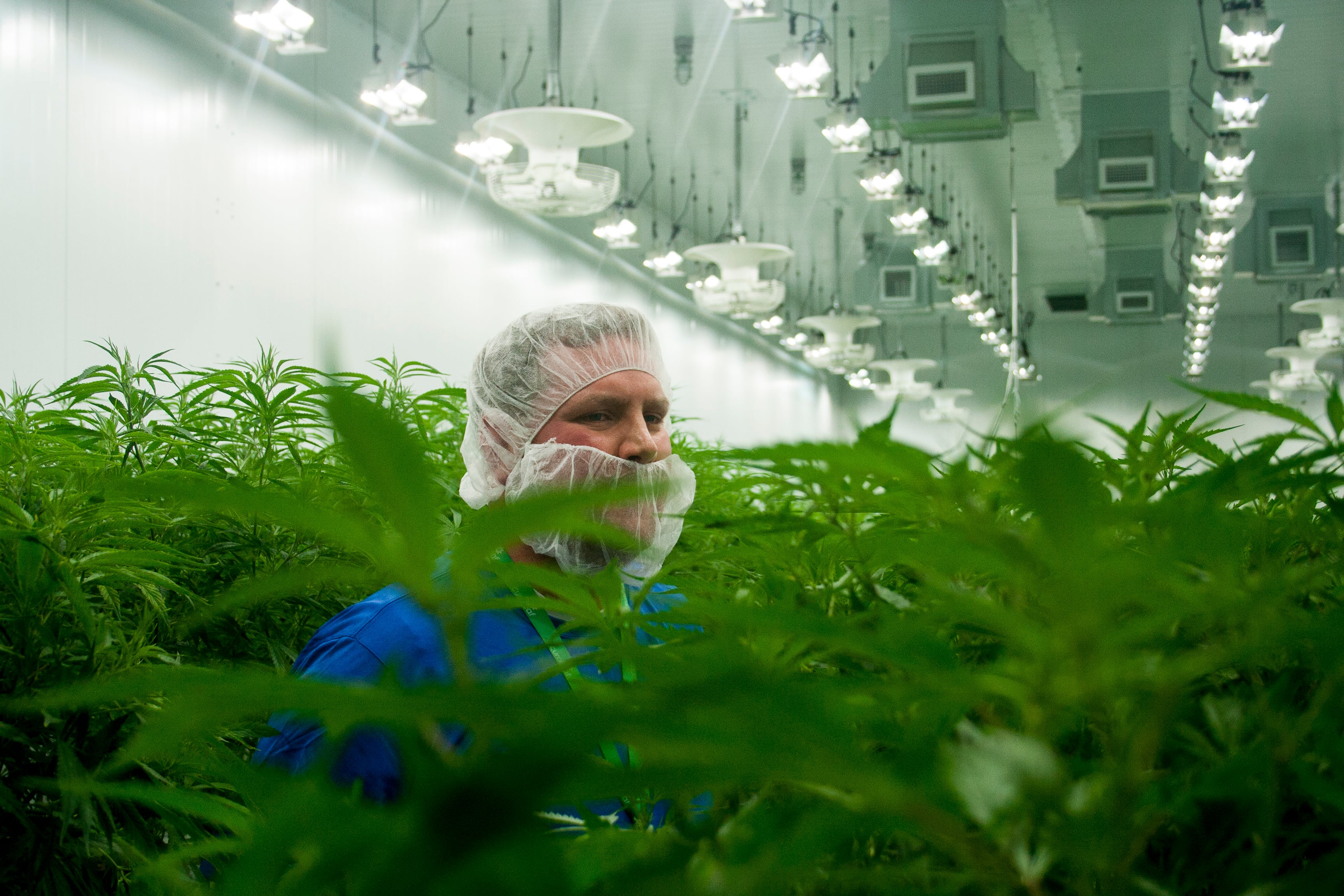
McDonald was leading a tour through Curaleaf's medical cannabis manufacturing and cultivation facility, which opened its doors to media earlier this month, following a $15 million expansion project that finished up in July. After construction, the facility more than doubled its cultivation capacity in preparation for new products and form factors coming to market in New York’s notoriously restrictive medical cannabis program.
“There are challenges, like there are with any industry, but we can do a lot on the manufacturing side to alleviate that by giving patients what they need,” McDonald said. “We’re working really hard on that by coming out with flower-based medicine and chewable-based medicine, and we think that’s going to keep expanding the program and allow us to grow.”
A multistate cannabis operator with sites in 12 states, Curaleaf is one of only 10 licensed cannabis producers in New York. Since New York state regulations require vertical integration, this facility in Ravena supplies cannabis products to Curaleaf’s four dispensaries in Carle Place, Newburgh, Plattsburgh, and Forest Hills.
The facility tour took participants through the life cycle of a commercial cannabis plant from seed-to-sale. The process starts with mother plants, or “moms,” which are propagated into genetically identical clones that are incubated in various stages until their flower ー the smokable part of the cannabis plant ー is mature enough to be cut, dried, and cured.
The cured plants are then processed into Curaleaf’s various products. New York’s medical cannabis program is unique in that it prohibits both edibles and smokable products, including whole cannabis flower. In accordance with the restrictions, Curaleaf’s core products in New York include vape cartridges, slim vaporizers, tinctures, and micro tablets. But change is coming to Ravena in the form of new product offerings.
New York in 2017 announced new regulations that expanded its medical marijuana program to allow ground flower preparations (as long as they aren’t smoked), as well as effervescent and chewable tablets. Curaleaf is gearing up to release a new line of ground flower pods, and a new product, called “Curachews,” that toes a delicate line between edibles and oral-based products. During the tour, production of the chews was already in full swing.

McDonald said the Ravena build out was intended to prepare the company for the expanding product offerings, and had the added benefit of boosting the workforce, too.
“We’ve created a lot of local jobs. And not just regular jobs, but good, high-paying jobs. We’re talking jobs in the [agriculture] industry, jobs in science, we have chemists,” he said. “We have over 40 full-time employees and plan on continuing to grow.”
There are 47 staffers at the location ー up from about 30 before the expansion. McDonald said that many of the jobs are skilled, all but one employee are local, and none are paid less than $15 per hour.
Curaleaf hopes its presence will be a boon for the local economy in Ravena, just as Canadian cannabis giant Canopy Growth’s ($CGC) move into a former Hershey factory stoked the economy of Smith Falls, Ontario.
But in New York, challenges remain for cannabis operators looking to thrive.
Despite the promise of New York’s some 20 million inhabitants, the medical cannabis patient pool ー about 106,000 ー is comparatively small. Michigan, for example, which claims a statewide population of close to 10 million, had about 284,000 patients as of July, according to the Marijuana Policy Project.
And unlike Michigan, recreational legalization is still on New York's to-do list. Twice this year, the state tried and failed to legalize recreational cannabis. In the interim, some advocates hope the state will adopt piecemeal legalization efforts, like neighboring New Jersey, that could result in an expanded medical marijuana program. The state already passed decriminalization legislation that went into effect Wednesday.
Curaleaf would not entertain speculation on a time frame for legalization or about its own positioning when adult use finally does launch in New York. McDonald instead emphasized the company was “happy” with the existing medical market.
“There’s always room to grow, so we look forward to any expansion the program can allow,” he added.
As for the launch of Curaleaf’s Curachews and ground flower pods, the company still has a few hurdles to clear before they hit dispensary shelves.

